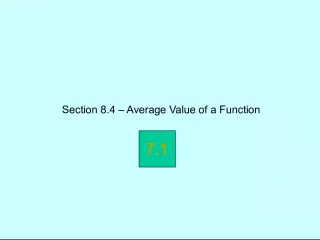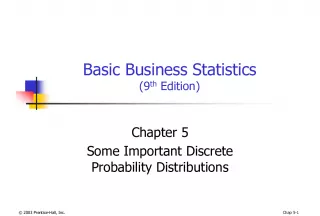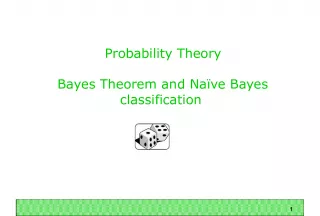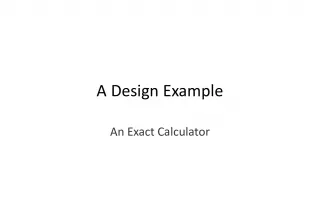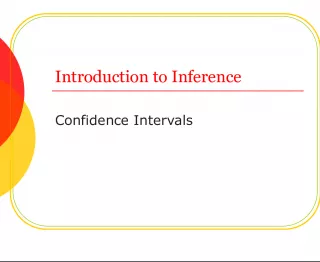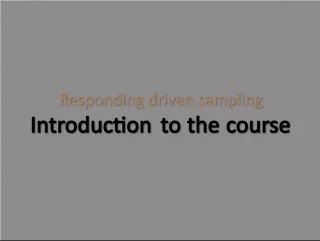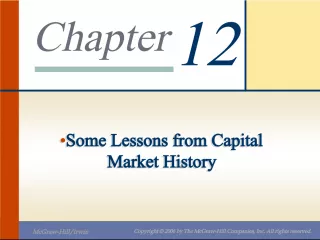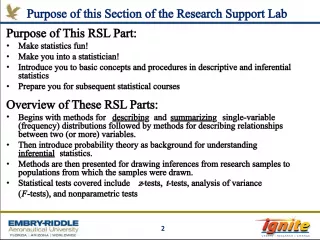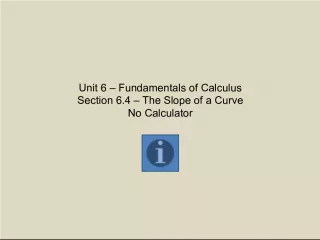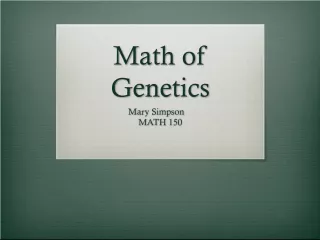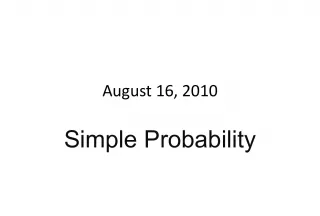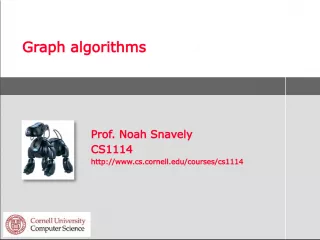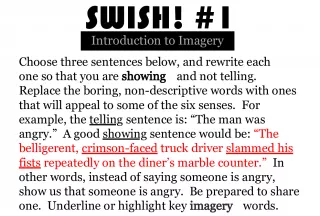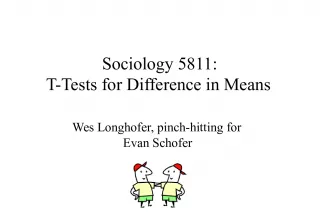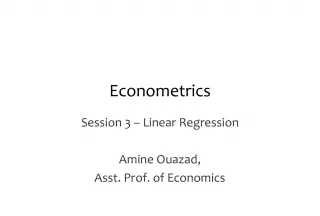Introduction to Probability Calculator
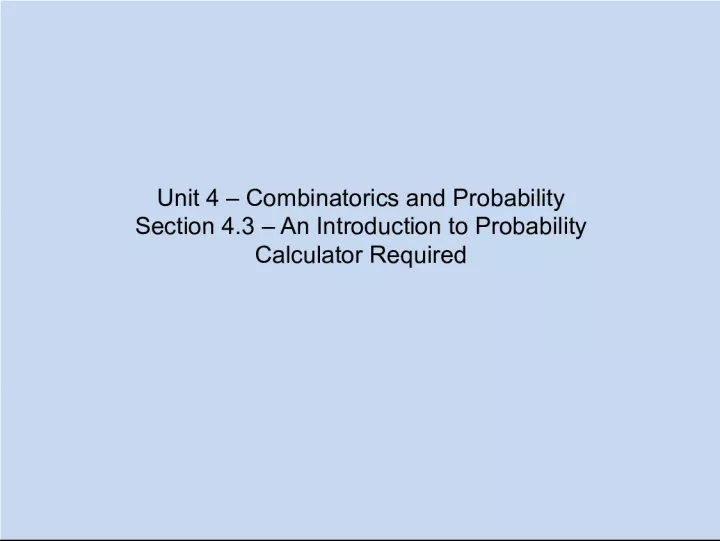

A unit in Combinatorics and Probability that requires the use of a probability calculator to compute problems related to probability theory.
- Uploaded on | 1 Views
-
 aubree
aubree
About Introduction to Probability Calculator
PowerPoint presentation about 'Introduction to Probability Calculator'. This presentation describes the topic on A unit in Combinatorics and Probability that requires the use of a probability calculator to compute problems related to probability theory.. The key topics included in this slideshow are . Download this presentation absolutely free.
Presentation Transcript
Slide1Unit 4 – Combinatorics and ProbabilitySection 4.3 – An Introduction to Probability Calculator Required
Slide2Probability =compute first number of winners compute second Ratios reduce like fractions
Slide3IndependentDependent Roll a Die Twice Draw two cards with replacement Draw two cards without replacement Choose two letters Repetition allowed Choose two letters Repetition NOT allowed Consistent Denominator For each individual trial Denominator Reduces For each individual trial
Slide4find the probability that a four digit number created from thedigits 2, 4, 5, 8 is less than 4000. Assume repetition is not allowed. A ball contains three red balls, two blue balls, and one white ball. If two are drawn and replacement is allowed, find the probability that both are red.
Slide5two die are rolled. find the probability that neither is a 5.Independent vs. Dependent Events Rule of Thumb - Do the event twice - On the second time of event, check number of possibilities If the same…..independent…separate fractions If different……dependent…...single fraction…. most likely combinations to be used
Slide6b. A white or red ball is drawn A single ball is drawn from a bag containing four red, five white and two green balls. Find the probability of each event. a. A red or green ball is drawn
Slide7in a box there are three red, two blue, and three yellow pastels.Doris randomly selects one, returns it, and then selects another. a. Find the probability that the first pastel is blue and the second pastel is blue b. Find the probability that the first pastel is yellow and the second pastel is red.
Slide8when carlos shoots a basketball, the probability that he will makea basket is 0.4. When Brad shoots, the probability of a basket is 0.7 . What is the probability that at least one basket is made if Carlos and Brad take one shot each? P(at least one) = 1 – P(none) P(at least one basket) = 1 – P(no baskets) P(Carlos missing) = 0.6 P(Brad missing) = 0.3
Slide9the probability that leon will ask frank to be his tennis partneris ¼, that Paula will ask Frank is 1/3 and that Ray will ask Frank is ¾. Find the probability of each event. a. Paula and Leon ask him. b. Ray and Paula ask him, but Leon does not
Slide10the probability that leon will ask frank to be his tennis partneris ¼, that Paula will ask Frank is 1/3 and that Ray will ask Frank is ¾. Find the probability of each event. c. At least two of the three ask him. Leon Yes Paula Yes Ray No Leon Yes Paula No Ray Yes Leon No Paula Yes Ray Yes Leon Yes Paula Yes Ray Yes
Slide11the probability that leon will ask frank to be his tennis partneris ¼, that Paula will ask Frank is 1/3 and that Ray will ask Frank is ¾. Find the probability of each event. d. At least one of the three ask him. P(at least one) = 1 – P(none) P(at least one will ask) = 1 – P(none ask)
Slide12according to the weather reports, the probability of snow on acertain day is 0.7 in Frankfort and 0.5 in Champaign. Find the probability of each: a. It will snow in Frankfort, but not in Champaign. b. It will snow in both cities. c. It will snow in neither city. d. It will snow in at least one of the cities.
Slide13state the odds of an event occurring given the probability ofthe event.
Slide14from a standard deck of cards, five are drawn. what are theodds of each selection? a. five aces Zero…..there are only four aces in a deck. b. five face cards ODDS 792:2598168 33:108257
Slide15from a standard deck of cards, five are drawn. what are theodds of each selection? b. five from one suit ODDS 5148:2593812 2574:129691
Slide16from a standard deck of cards, five are drawn. what are theodds of each selection? b. Two of one suit, three of another
